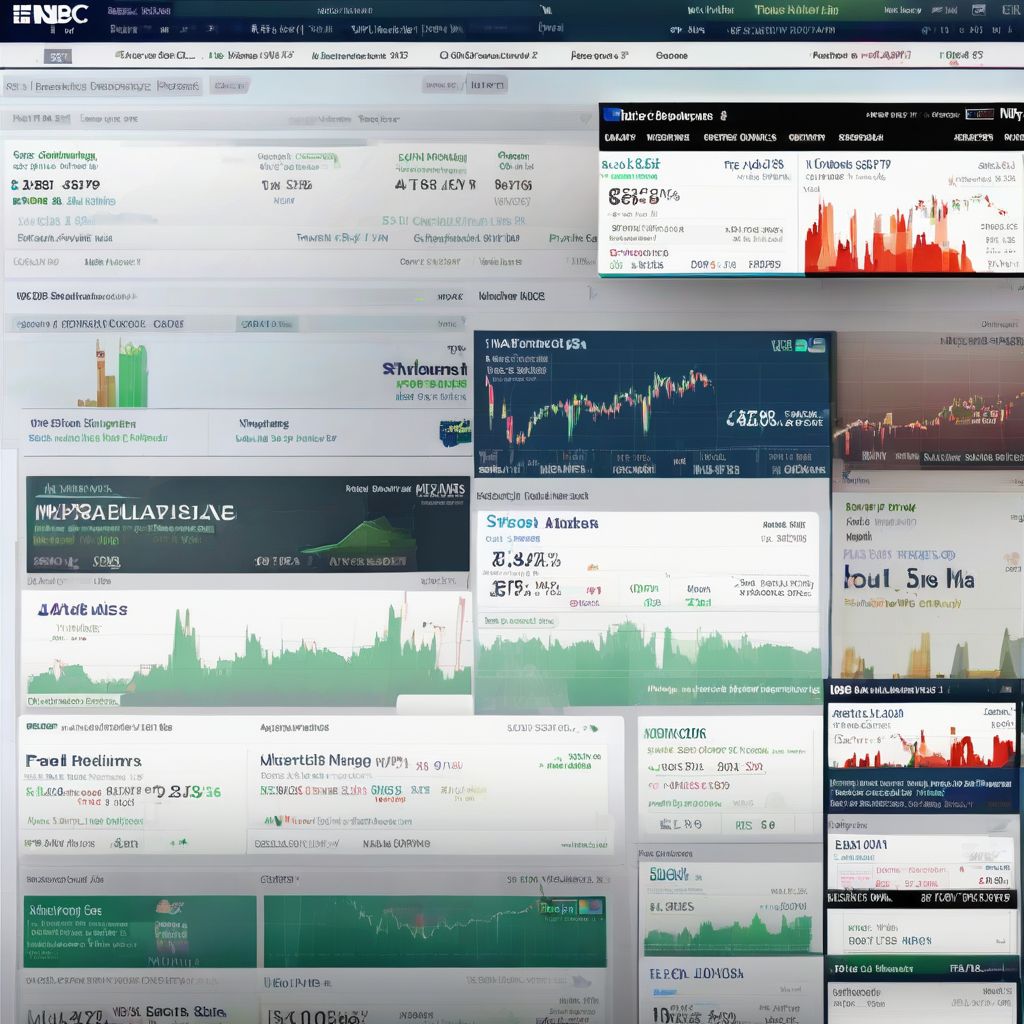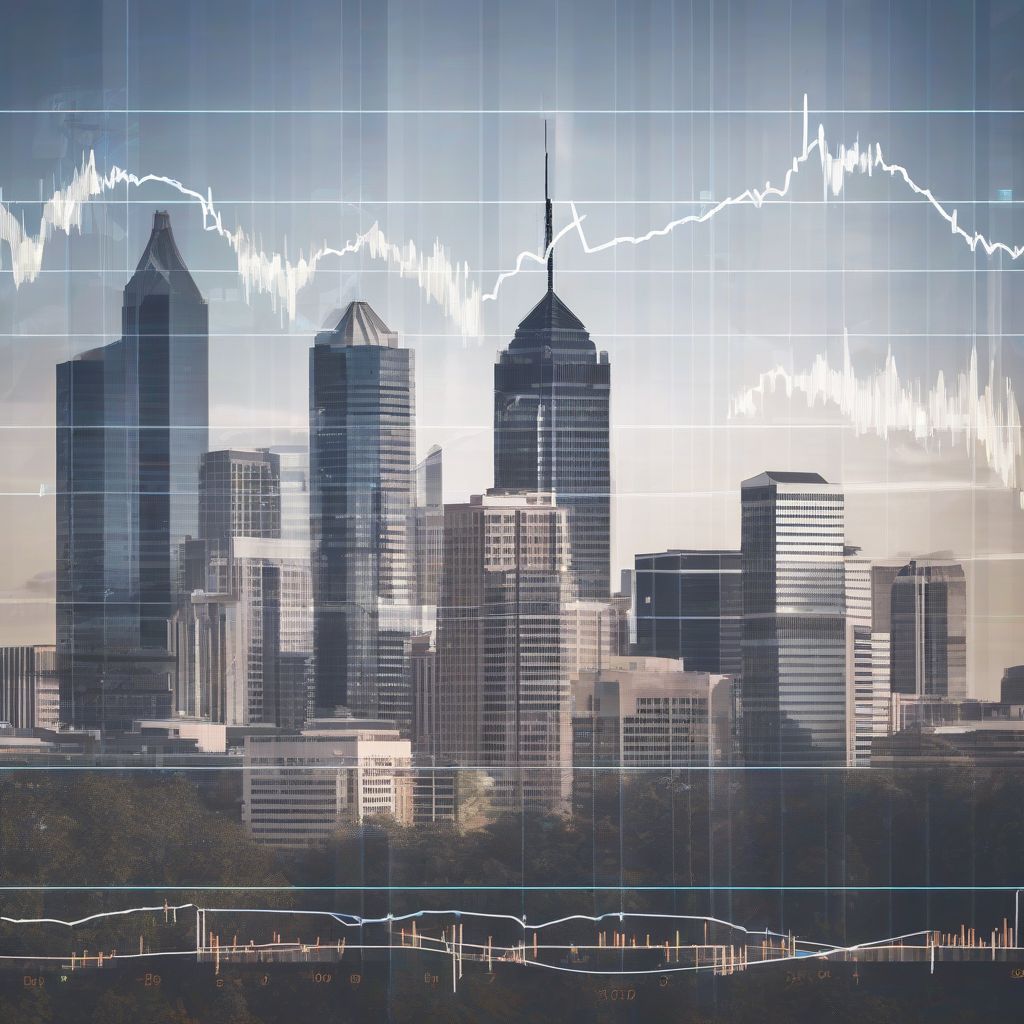Demystifying Dow After-Hours Trading: A Beginner’s Guide
Imagine this: the closing bell rings on Wall Street, signaling the end of the regular trading day. You’re glued to your screen, watching as the Dow Jones Industrial Average (DJIA) makes a significant move based on a late-breaking news story. You want in on the action, but can you trade after hours? The answer is yes, with Dow after-hours trading.
What is Dow After-Hours Trading?
Dow after-hours trading refers to the buying and selling of securities listed on the Dow Jones Industrial Average outside of the regular trading hours of 9:30 a.m. to 4:00 p.m. Eastern Standard Time (EST). This extended trading session typically takes place from 4:00 p.m. to 8:00 p.m. EST, offering investors the opportunity to react to news events and market-moving announcements that occur after the closing bell.
Why Trade in the After-Hours Market?
There are several reasons why investors might choose to participate in Dow after-hours trading:
- React to breaking news: Earnings reports, economic data releases, and geopolitical events can significantly impact stock prices. After-hours trading allows investors to respond to these developments quickly, potentially capitalizing on price movements.
- Increased flexibility: For those with busy schedules, after-hours trading provides an opportunity to manage their investments outside of regular work hours.
- Potential for greater volatility: While after-hours trading can present opportunities, it’s important to note that it is often characterized by lower trading volume and wider bid-ask spreads. This can lead to increased price volatility, meaning that prices can move more dramatically in a shorter period.
What to Consider Before Engaging in Dow After-Hours Trading
Before diving into the world of after-hours trading, there are several factors to consider:
1. Liquidity and Volatility
As mentioned earlier, after-hours trading generally involves lower trading volumes compared to regular market hours. This reduced liquidity can result in wider bid-ask spreads, potentially making it more challenging to execute trades at desired prices. Additionally, the lower liquidity can contribute to increased price volatility.
2. Order Types and Execution
During after-hours trading, certain order types might be limited. Limit orders, which allow you to set a specific price for your buy or sell order, are generally recommended over market orders. A market order instructs your broker to execute the trade at the best available price, which can be risky in a volatile after-hours market.
3. Risk Tolerance
After-hours trading is generally considered riskier than trading during regular market hours due to the factors mentioned above. It’s essential to carefully assess your risk tolerance and only trade with funds you can afford to lose.
Conclusion
Dow after-hours trading can provide opportunities for investors to react to market-moving news and manage their portfolios with increased flexibility. However, it’s crucial to be aware of the potential risks involved, including lower liquidity, increased volatility, and potential for wider bid-ask spreads. By understanding the dynamics of after-hours trading and carefully considering their risk tolerance, investors can make informed decisions about whether this type of trading aligns with their investment goals and strategies.
Do you have any experience with Dow after-hours trading? Share your thoughts and insights in the comments below!

